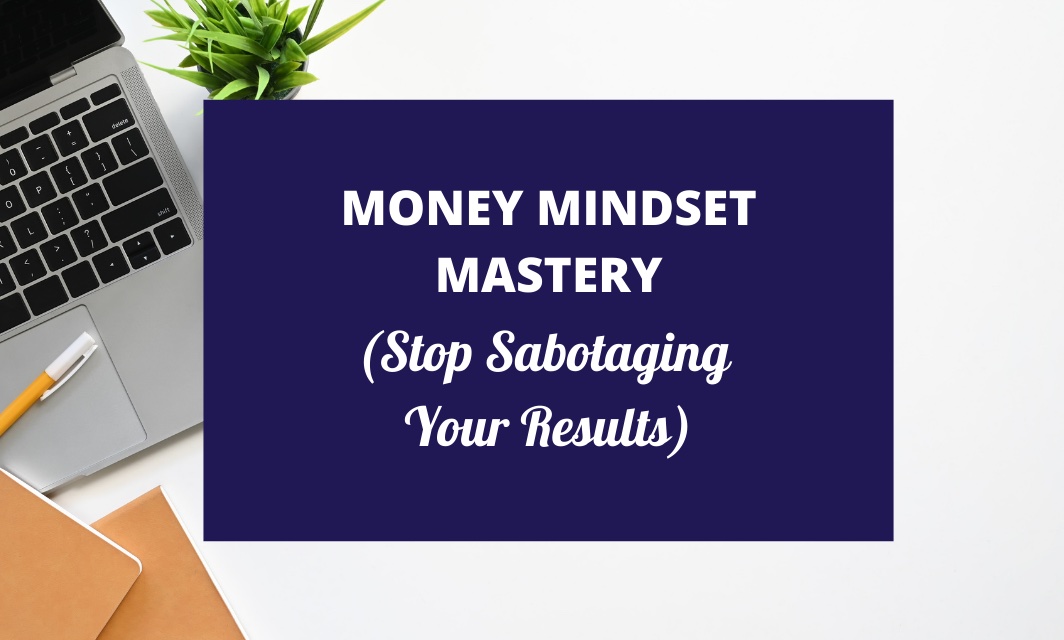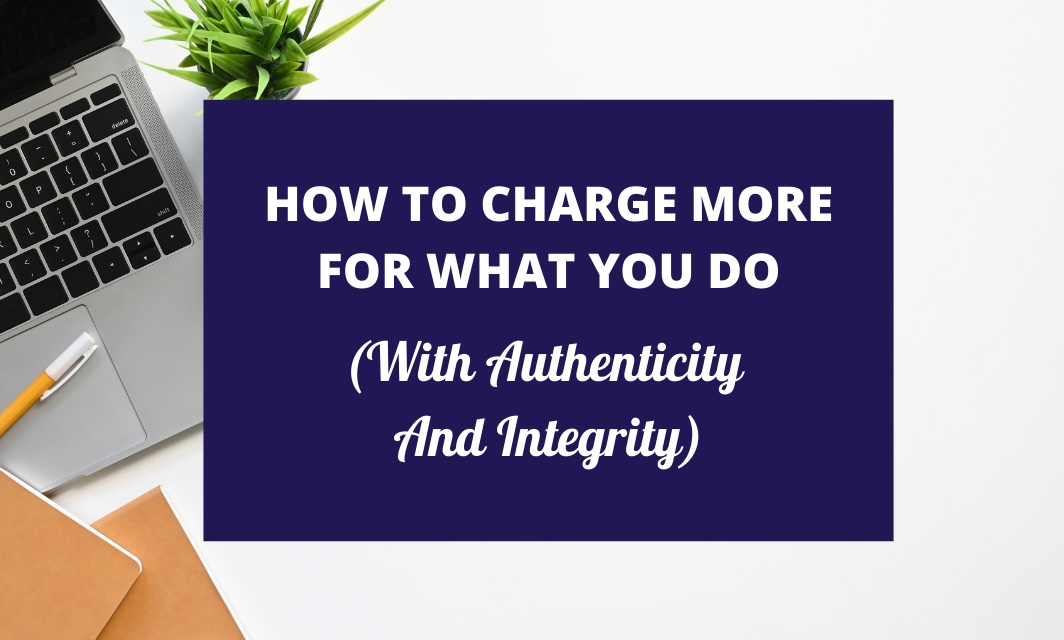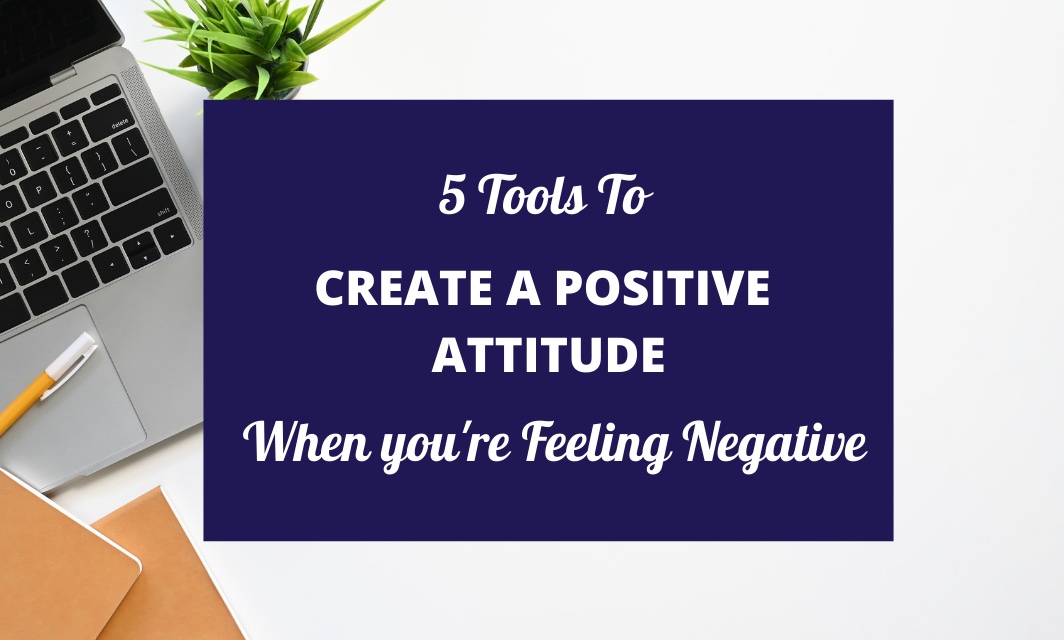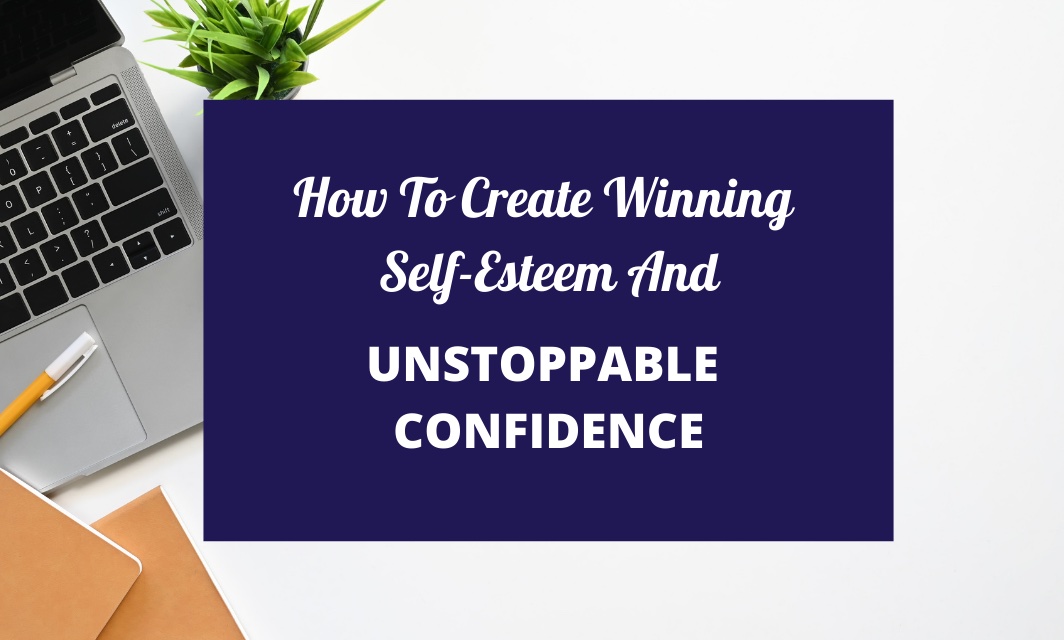Mentorship And Coaching Programmes: The Top 10 Things To Look For To Avoid Being Stung...And Finally Reach Your True Potential
There is no question that, without being part of a mentorship programme, I would not be where I am today, operating two businesses from home.
I work around my family and am experiencing exponential personal and financial growth year-on-year, enjoying all the benefits of being a self-employed women.
Without the mentorship of others, I would, more than likely, have gone running back to the relative ‘safety’ of working for someone else. My dreams of a better life for me and my family would have died a death long ago.
But, knowing that I will never again have to go back to working for someone else is HUGE.
For all of us.
Being part of a mentorship programme means I have the steps laid out in front of me, along with the guidance, support and advice that can only come from someone who’s been where I’ve been and is walking the path I want to travel.
As a self-employed individual, you have to have people around you who can see your blind spots…who can see what you’re really capable of and can lead you to more.
If, like me, you come from an environment where most of your family and friends are in employment and don’t understand the roller coaster life we sometimes live as entrepreneurs, it can be difficult to gain the support you really need to make your business a success.

"You Are The Average Of The 5 People You Spend The Most Time With"
Jim Rohn said that.
And I’ve found this to be one of the most important factors that hold people back who think they can ‘go it alone’ as an entrepreneur.
Have you ever felt frustrated by those who seem determined to persuade you to go back to employment at the first sign of difficulties?
Sometimes it’s because they fear for your financial and personal well-being (often mothers or partners) – sometimes it’s because they’re jealous (often friends or brothers and sisters).
Take it from me, hundreds of thousands of people would LOVE to do what you’re doing but most just don’t have the nerve.
I’ve lost count of the times I’ve been advised by those who mean well that ‘you can always go back to a proper job’ when I was nervous or things weren’t going great.
When what I needed was support and encouragement and someone to show me how to push through and make my business actually work.
If you’re lucky enough to be surrounded by positive, interested, encouraging and truly supportive people that you can discuss your business concerns, decisions and celebrations with, that’s fantastic!
But a mentorship (paid or unpaid) is often cited as the major difference between those business owners who succeed and those who don’t. Particularly if you fall outside the category above, and especially if you’re a woman.
And it’s clear to see why.
1. Do they have a specific, and proven, goal-achieving strategy for you?
You have a vision of some kind even if it’s not clearly defined yet. You want to know what your mentor’s method is for helping you get clear on what that vision IS and for helping you make it real.
What training, tools, and systems do they use themselves and offer to you so that you can enjoy getting results too?
Many coaches will simply ask you what you want to cover each week – that’s no good. You don’t know what you don’t know.
Look for someone who has a system like the Thinking Into Results programme that we deliver. These clients are explaining the benefits of having a specific ‘roadmap’ to follow:
2. Are they still relevant?
This is the biggie.
Are they still in the trenches doing what they’re teaching?
Are they using their own strategies to get results themselves?
How many mentors do you see out there talking about growing a business, for example, but they haven’t actually had to deal with finding clients themselves for years (if at all actually)?
Find out the story behind any potential mentor’s business to decide whether you think their experience is a fit for what you need.
3. Have they owned a successful business other than their coaching or mentorship practice?
There are so many business coaches and mentors around nowadays who have never actually made a success of any kind of business before becoming a coach.
There’s not necessarily anything wrong with that but you need to know if that’s the case.
While it’s true that some generic strategies can translate well between personal and business goal-achievement, it’s important that a mentor has experienced the same difficulties you face on a day-to-day basis so they can give you practical, relevant and realistic advice.
There are many factors that are specific to life as an entrepreneur and you need a mentor that really gets that.
4. Do you trust them?
Do you believe what they say?
I’ve registered for mentorship programmes with people where I wanted what they had, but I decided that I didn’t trust them, so I couldn’t take their advice.
Now, that’s not the same question as whether they resonate with you or not. If there’s something about them that you really like and can connect with you might want to think about whether that might be an area for growth.
But if you feel that their agenda for themselves is bigger than their agenda for you, consider going the other way.
5. Are they on your 'wavelength'?
For years I struggled to find a mentor who was teaching what I wanted to know but who was on my ‘wavelength’.
I spent a lot of time and money learning all sorts of online and offline money making techniques from some amazing American mentors – but I really struggled to get results from what I was learning.
The reason was the methods (although proven to work very well by others) just weren’t ‘me’. I felt ‘salesy’ using the tactics I was learning and it just didn’t feel authentic.
So much business strategy is geared towards a very linear, practical transactional way of thinking.
And yet, whether we like it or not, pretty much everything we do is governed by our emotions – it’s just the way we’re programmed. Knowing the mechanics just isn’t enough if there are other things holding you back.
And if you don’t feel good about what you’re doing or how you’re doing it, it shows up everywhere in your business – especially in your results.
It was only when I found a coach and mentor that I feel completely in tune with that I started getting the results I wanted – I could start to tweak the mechanical pieces that I’d already learned to make them more authentic to me and my business.
In this video, one of my own clients, Kristin, explains the importance of this connection:
6. Do they support you in being guided by your own,trusted, source?
Sometimes the mentor needs to have the answers, but sometimes you need to look inside yourself for what you want and how you really feel about something.
You may or may not have a particular faith, you might believe in the law of attraction, the power of the universe, you might not believe any of that stuff at all and just want to know what to do and how to do it.
A good mentor has step-by-step systems to help you move forward but also knows when to tell you to look inside yourself and even offers some suggestions and exercises to help you connect with your own gut feelings.
7. Do they inspire you?
Is their vision big?
Are they blazing the trail that you want to follow?
Do you feel encouraged or motivated or think bigger when you hear or read their words and see their action?
Every mentorship that I’ve made great progress under I have found hugely inspirational.
8. Does their pricing seem too good to be true?
“ If you want $500 results, buy a $500 programme”.
The biggest factor that puts people off hiring a coach (even though they need one) is financial fear.
This means that it’s very tempting to shop on price and look around for the cheapest deal – DON’T DO THAT!
Low-end programmes and courses will likely offer a ‘self-study’ format with limited (if any) personal contact with your ‘mentor’.
You’re looking for a coach and mentor because you’re ready to commit, big time, to going after your goals with everything you’ve got.
You need someone who’s going to be all-in with you and is committed to your success.
And in this case, pricing is definitely an indication of the level of service you can expect – and of your coaches commitment to your success.
There is no doubt that hiring a good coach / mentor can be quite an investment – and it must be seen as just that. An investment in your future that will pay dividends.
A good coach and mentor will show you techniques you’ll be able to use for years to come, meaning you will more than recoup your investment over time.
The thing about making a commitment to a good coaching programme (and forking out what can seem like a large amount of money at first) is that it motivates you like hell into taking the action you need – to actually do what they’re telling you and start creating great income!
At the end of the day, it’s down to you to do the work and to take what you learn from your mentor and implement it well, in order to see results.
They can show you what to do, but they can’t do it for you.
And, for me, the biggest motivator I’ve ever had has been backing myself by making a substantial financial commitment.
This really is a case of ‘You get what you pay for’.
BONUS TIP
For private coaching try to stay away from payment plans offered – pay in full on a credit card if you can.
You’ll likely be given a pay-in-full saving for this (which will probably far outweigh any credit card interest) but it also means that, when things get tough (and they may well do) you can truly lean into your coach and rightfully take full advantage of their expertise, guidance and support.
I can tell you from experience as a client myself, if you know you owe them money and are struggling to come up with the monthly payments it is incredibly difficult to ask them for help – at a time when you need them the most.
9. Do they offer a complimentary Discovery or Strategy Session?
Choosing the right mentor is critical so it’s important that you are able to have an in-depth discussion with that person or a member of their team BEFORE you sign up to any programme.
A good mentor will offer a complimentary, structured discovery session that allows them to find out what you need so they can explain whether (and if so how) they can help you.
It’s during this time that you can both decide whether you’re right for each other. It may be that you’re not a fit at all and you need to find out before you part with any cash!
And they need to make sure you’re a good fit for their mentorship programme before they let you in!
10. Are they clear on the steps they'll take you through during their mentorship to help you achieve your goals?
Really skilled mentors will be able to walk you through their process.
That process should include helping you understand where you’re starting from, define your goals and then explaining the path they’ll take to get you there.
It’s also essential that they can describe the steps they’ll take you through to learn new skills and behaviours, and how they’ll support you to transfer those skills into your business.
If the mentor is evasive, telling you that it’s “hard to quantify” or “up to you” or “depends on your weekly needs” or if he or she is all enthusiasm and no practicality (“people love it!” “It’s life-changing!” ”It will challenge you to be your best!”)…
it’s a good bet they’ll be relying on you turning up with questions for them to answer every week.
Remember what I said earlier – you don’t know what you don’t know.
You need someone to show you the way to your next breakthrough as well as be there for you when you get stuck
BONUS TIP
After you’ve chosen your mentorship programme, commit 100%. Don’t keep looking around, second-guessing your choice, asking all of your friends if you did the right thing.
Stay focused, master the strategies your mentor is known for, and let their proven systems work their magic for you!
I believe passionately that we need to take control of our own lives to create the freedom we all crave.
As an entrepreneurial individual with sought-after skills you are perfectly placed to do just that.
I’ve found my freedom. And now I’m on a mission to help you find yours.
My intention is to equip, educate and empower you to create a business that supports the life you dream of.
I’m a business coach and success mentor and have owned my own home-based businesses for over 16 years (from accountancy practices to networking marketing business!)
My first business failed after 2 years (I ran out of cash, basically) so I totally understand the frustration, fear and uncertainty felt by many of the men and women I help with my own mentorship programmes.
People who are desperate to turn the business they’ve got into the one they dreamed of when they first started out.
I can help you create what’s next for you.
Want to see if our Thinking Into Results Mentorship is a fit for you, right now? You can apply for a complimentary Strategy Session with me now at:





















































